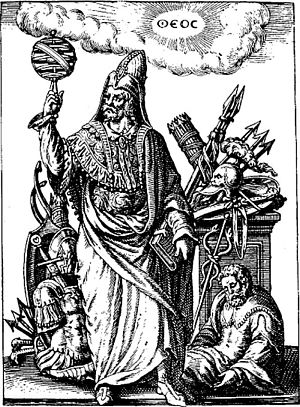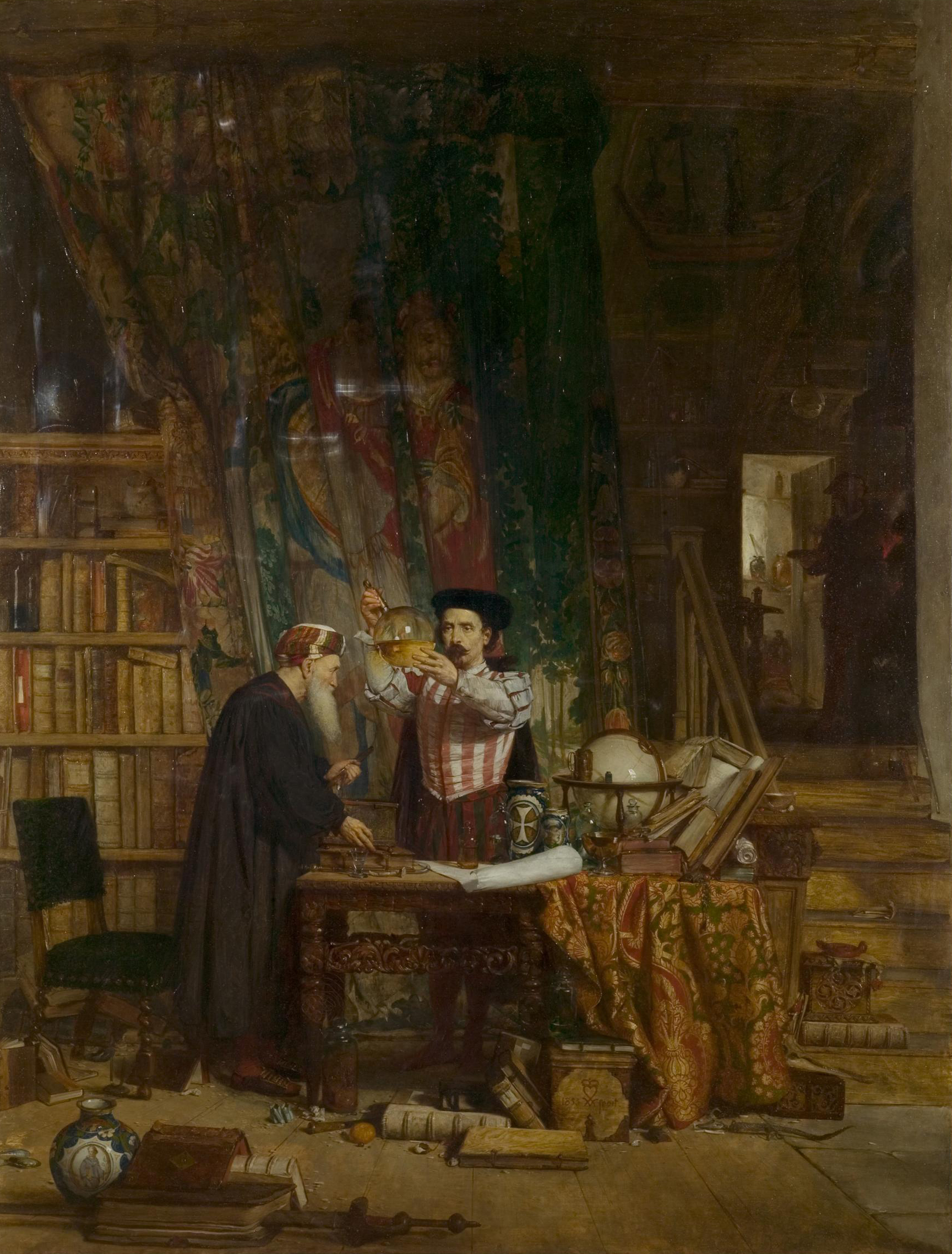
Alchemy, a part of the Occult Tradition, is both a philosophy and a practice with an ultimately unknown aim, involving the improvement of the alchemist as well as the making of several substances described as possessing unusual properties. The practical aspect of alchemy generated the basics of inorganic chemistry, namely concerning procedures, equipment and the identification and use of many current substances.
Alchemy has been practiced in Mesopotamia, Ancient Egypt, Persia, India, Japan, Korea and China, in Classical Greece and Rome, in the Muslim civilizations, and then in Europe up to the 20th century—in a complex network of schools and philosophical systems spanning at least 2500 years.
Alchemy was known as the spagyric art after Greek words meaning to separate and to join together. Compare this with the primary dictum of Alchemy in Latin: SOLVE ET COAGULA — Separate, and Join Together.
The best-known goals of the alchemists were the transmutation of common metals into gold (called chrysopoeia) or silver (less well known is plant alchemy, or "spagyric"); the creation of a "panacea," or the elixir of life, a remedy that supposedly would cure all diseases and prolong life indefinitely; and the discovery of a universal solvent.[1] Although these were not the only uses for the science, they were the ones most documented and well known. Starting with the Middle Ages, Arabic and European alchemists invested much effort on the search for the "philosopher's stone", a legendary substance that was believed to be an essential ingredient for either or both of those goals. The philosopher's stone was believed to mystically amplify the user's knowledge of alchemy so much that anything was attainable. Alchemists enjoyed prestige and support through the centuries, though not for their pursuit of those goals, nor the mystic and philosophical speculation that dominates their literature. Rather it came from their mundane contributions to the "chemical" industries of the day—ore testing and refining, metalworking, production of gunpowder, ink, dyes, paints, cosmetics, leather tanning, ceramics, glass manufacture, preparation of extracts, liquors, and so on (it seems that the preparation of aqua vitae, the "water of life", was a fairly popular "experiment" among European alchemists).
Starting with the Middle Ages, some alchemists increasingly came to view metaphysical aspects as the true foundation of alchemy; and organic and inorganic chemical substances, physical states, and molecular material processes as mere metaphors for spiritual entities, spiritual states and ultimately, spiritual transformations. In this sense, the literal meanings of 'Alchemical Formulas' were a blind, hiding their true spiritual philosophy, which being at odds with the Medieval Christian Church was a necessity that could have otherwise lead them  to the "stake and rack" of the Inquisition under charges of heresy.[2] Thus, both the transmutation of common metals into gold and the universal panacea symbolized evolution from an imperfect, diseased, corruptible and ephemeral state towards a perfect, healthy, incorruptible and everlasting state; and the philosopher's stone then represented some mystic key that would make this evolution possible. Applied to the alchemist himself, the twin goal symbolized his evolution from ignorance to enlightenment, and the stone represented some hidden spiritual truth or power that would lead to that goal. In texts that are written according to this view, the cryptic alchemical symbols, diagrams, and textual imagery of late alchemical works typically contain multiple layers of meanings, allegories, and references to other equally cryptic works; and must be laboriously "decoded" in order to discover their true meaning.
to the "stake and rack" of the Inquisition under charges of heresy.[2] Thus, both the transmutation of common metals into gold and the universal panacea symbolized evolution from an imperfect, diseased, corruptible and ephemeral state towards a perfect, healthy, incorruptible and everlasting state; and the philosopher's stone then represented some mystic key that would make this evolution possible. Applied to the alchemist himself, the twin goal symbolized his evolution from ignorance to enlightenment, and the stone represented some hidden spiritual truth or power that would lead to that goal. In texts that are written according to this view, the cryptic alchemical symbols, diagrams, and textual imagery of late alchemical works typically contain multiple layers of meanings, allegories, and references to other equally cryptic works; and must be laboriously "decoded" in order to discover their true meaning.
In his Alchemical Catechism, Paracelsus clearly denotes that his usage of the metals was a symbol:
Q. When the Philosophers speak of gold and silver, from which they extract their matter, are we to suppose that they refer to the vulgar gold and silver? A. By no means; vulgar silver and gold are dead, while those of the Philosophers are full of life.[3]





No comments:
Post a Comment